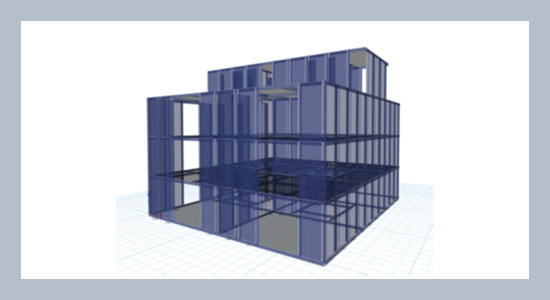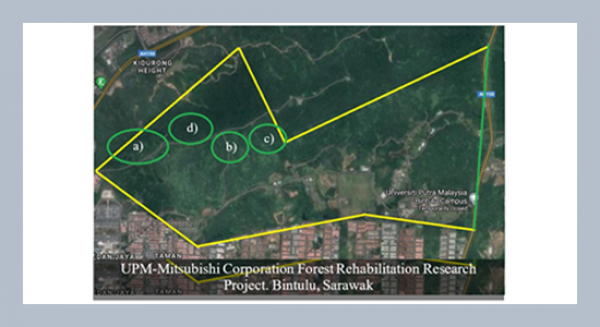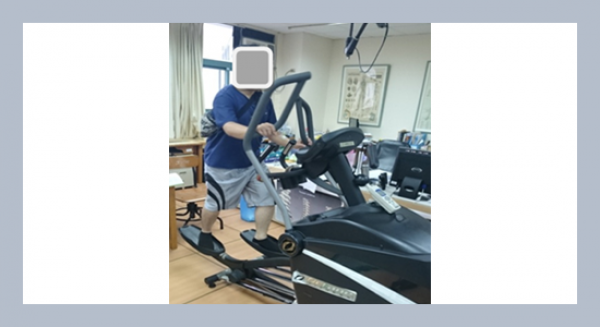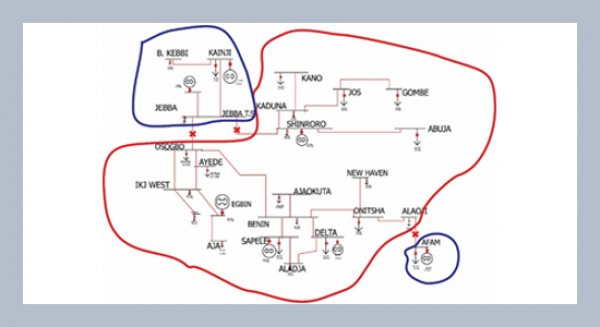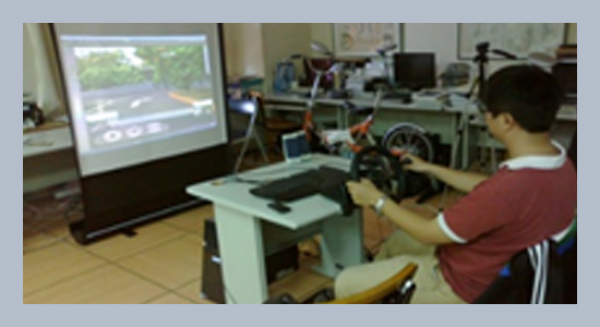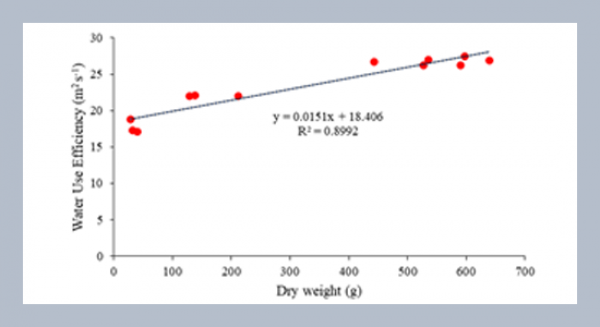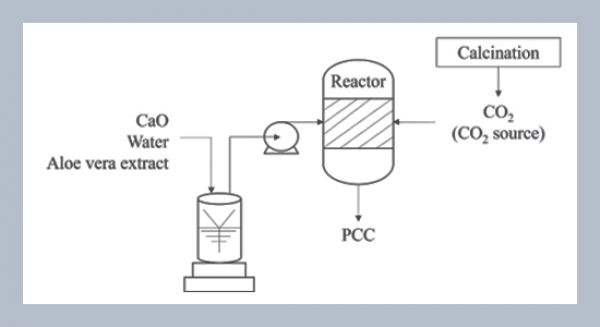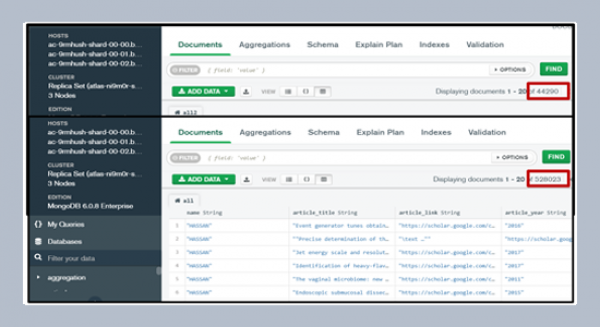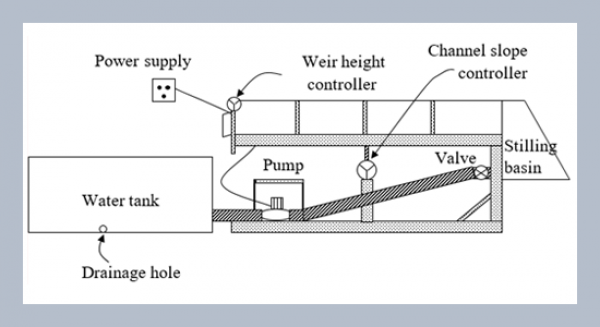REFERENCES
- AISI S240. 2004. Standard for cold-formed steel framing-lateral design. American Iron and Steel Institute, Washington, DC.
- Bitarafan, M.Y., Husseinzadeh, Pichkah, Z., Arefi, S.L. 2012. Finite elements modeling and analysis of cold-formed steel frame shear walls. International Journal of Engineering and Technology, 4, 719–722.
- Bourahla, N., Berediafe-Bourahla, M., Djouzi, B.El., Meddah, H. 2012. Post elastic modeling techniques and performance analysis of cold formed steel structures subjected to earthquake loadings. Proceedings of the 15th World Conference on Earthquake Engineering, Volume 1 of 38.
- Branston, A.E., Boudreault, F.A., Chen, C.Y., Rogers, C.A. 2006. Light-gauge steel-frame – wood structural panel shear wall design method. Canadian Journal of Civil Engineering, 33, 872–889.
- Buonopane, S.G., Tun, T.H., Schafer, B.W. 2014. Fastener-based computational models for prediction of seismic behavior of CFS shear walls. Proceedings of the Tenth U.S. National Conference on Earthquake Engineering.
- Central Weather Administration, 2019. The new classification of earthquake magnitude. News Release ZX 108, No.32, Dec. 18, Taiwan.
- Chan, P.Y. 2010. Shear test of cold-formed steel framing sheathed with calcium silicate board and anchored by hold down at base of wall. Thesis for the Degree of Master, Chaoyang University of Technology.
- Chiou, T.-C., Hsiao, F.-P., Chung, L.-L., Huang, W.-J., Li, C.-H., Liu, C.-C., Qiang Xue, Y.-S., Ho, S.-J., Chen, C.-P., Yang, P.-W., Weng, W.-C., Shen, Y.-S., Tu, Y.-S., Yang, Y.-A., Li, Y.-K., Yeh, Hwang, S.-J. 2018. Taiwan earthquake assessment for structures by pushover analysis (TEASPA V3.1). National Center for Research on Earthquake Engineering, NCREE- 18-015, October.
- Chiou, T.-C., Chiou, T.-C., Chung, L.-L., Tu, Y.-S., Yu- Chih, L., Tseng, C.-C., Weng, P.-W., Chieh, C.-M., Yeh, Y.-K., Li, C.-H., Lin, M.-L., Wang, J.-X., Shen, W.-C., Hsiao, F.-P., Xue, Q., Hwang, S.-J. 2020. Technical handbook for Taiwan earthquake assessment and strengthening of structures by pushover analysis (TEASPA V4.0). National Center for Research on Earthquake Engineering, NCREE-20-005, April.
- Chung, L.-L., Yeh, Y.-K., Chien, W.-Y., Hsiao, F.-P., Shen, W.-C., Chiou, T.-C., Chow, T.-K., Chao, Y.-F., Yang, Y.-S., Tu, Chai, J.-F., Hwang, S.-J., Hsiang, S.-C. 2009. Technology handbook for seismic evaluation and retrofit of school buildings. Second edition, Natl Cent. Res. Earthquake Eng. NCREE-09-023.
- CSA S136-01, 2002. North American Specification for the Design of Cold-Formed Steel Structural Members, Canadian Standards Association.
- Dai, X. 2012. Numerical modelling and analysis of structural behaviour of wall- stud cold-formed steel shear wall panels under in-plane monotonic loads. Journal of Civil Engineering Research, 2, 31–41.
- Davies, R.D., Retamales, R., Mosqueda, G., Filiatrault, A. 2011. Experimental seismic evaluation, model parameterization, and effects of cold-formed steel-framed gypsum partition walls on the seismic performance of an essential facility. Technical Report, MCEER-11; 0005.
- ETABS, 2000 Software by computers and structures, Inc. 1995. University Avenue, Berkeley, California, USA.
- FEMA 273, 1997. NEHRP Guidelines for the seismic rehabilitation of buildings, federal emergency management agency.
- FEMA 356, 2000. Prestandard and commentary for the seismic rehabilitation of buildings. Department of Homeland Security Federal Emergency Management Agency, November.
- FEMA P695. 2009. Qualifications of building seismic performance factors. Federal Emergency Management Agency, Washington, DC.
- Foliente, G.C. 1996. Issues in seismic performance testing and evaluation of timber structural systems. Proceedings of the International Wood Engineering Conference, New Orleans, USA, 29–36.
- Franklin, N.P., Ahmed, A., Teh, L.H., Heffernan, E.E., McCarthy, T.J. 2019. Efficient 3D lateral analysis of cold-formed steel buildings. Journal of Constructional Steel Research, 160, 16–22.
- Gad, E.F., Chandler, A.M., Duffield, C.F., Stark., G. 1999. Lateral behaviour of plasterboard-clad residential steel Frames. Journal of Structural Engineering, 32–39.
- Ghobarah, A. 2001. Performance-based design in earthquake engineering: State of development. Engineering Structures, 23, 878–884.
- Krawinkler, H., Seneviratna, G.D.P.K. 1998. Pros and cons of a pushover analysis of seismic performance evaluation. Engineering Structures, 20, 452–464.
- Landolfo, R., Fiorino, L., Corte, G.D. 2004. Seismic performance of sheathed cold-formed shear walls. Proceedings of the Seventeenth International Specialty Conference on Cold-Formed Steel Structures Orlando, Florida, USA, November 4–5.
- Leng, J., Schafer, B.W., Buonopane, S.G. 2013. Modeling the seismic response of cold-formed steel framed buildings: Model development for the CFS-NEES building. Proceedings of the Annual Stability Conference Structural Stability Research, Council St. Louis, Missouri, April 16–20.
- Leng, J., Buonopane, S.G., Schafer, B.W. 2016. Seismic modeling and incremental dynamic analysis of the cold-formed steel framed CFS-NEES building, International Specialty Conference on Cold-Formed Steel Structures, Baltimore, Maryland, USA.
- Leng, J., Buonopane, S.G., Schafer, B.W. 2020. Incremental dynamic analysis and FEMA P695 seismic performance evaluation of a cold-formed steel–framed building with gravity framing and architectural sheathing. Earthquake Engineering & Structural Dynamics, 49, 394–412.
- Leng, J. 2015. Simulation of cold-formed steel structures. Thesis for the Degree of Doctor of Philosophy, Johns Hopkins University.
- Lin, M.-L., Chung, L.-L., Zhou, D.G., Chiou, T.-C., Zhang, H.-Y., Ji, K.-N., Lin, M.-Q., Lin, R.-L., Lin, K.Q. 2022. Technical handbook for Taiwan earthquake assessment of steel structures by pushover analysis (TEASPA-S V1.1). National Center for Research on Earthquake Engineering.
- Liu, P., Peterman, K.D., Schafer, B.W. 2012. Test report on cold-formed steel shear walls CFS-NEES RR03, Part of the CFS-NEES Project: NSF-CMMI-1041578: NEESR-CR: Enabling Performance-Based Seismic Design of Multi-Story Cold-Formed Steel Structures.
- Martínez, J. 2007. Seismic performance assessment of multi-storey buildings with cold formed steel shear wall systems, Ph.D. Dissertation, Department of Civil Engineering, University of Waterloo, Ontario, Canada.
- Ministry of Interior, 2022. Seismic Design Specifications and Commentary of Buildings, Taiwan.
- Niari, S.E., Rafezy, B., Abedi, K. 2012. Numerical modeling and finite element analysis of steel sheathed cold-formed steel shear walls. Proceedings of the 15th World Conference on Earthquake Engineering, Lisbon, Portugal.
- Nikolaidou, V. 2018. Advancements in the seismic design of cold-formed steel structures through the investigation of diaphragm behaviour and the influence of non-structural components. Thesis for the degree of Doctor of Philosophy, McGill University.
- Oyeleke, J.K., Adedeji, A.A. 2019 Modelling and simulation of a 4-storey cold-formed steel frame building with straw-bale infill panel under seismic loading using ETABS 2016. Journal of Science and Engineering Production, 1, 14–45.
- Park, R. 1989. Evaluation of ductility of structures and structural assemblages from laboratory testing. Bulletin of the New Zealand Society for Earthquake Engineering, 22, 155–166.
- Peterman, K.D., Stehman, M.J.J., Buonopane, S.G., Nakata, N., Madsen, R.L., Schafer, B.W. 2014. Seismic performance of full-scale cold-formed steel buildings. Proceedings of the Tenth U.S. National Conference on Earthquake Engineering Frontiers of Earthquake Engineering, July 21–25.
- Peterman, K.D., Stehman, M.J., Madsen, R.L., Buonopane, S.G., Nakata, N., Schafer, B.W. 2016a. Experimental seismic response of a full-scale cold- formed steel-framed building. I: System-level response, Journal of Structural Engineering, 142, 04016127.
- Peterman, K.D., Stehman, M.J., Madsen, R.L., Buonopane, S.G., Nakata, N., Schafer, B.W. 2016b. Experimental seismic response of a full-scale cold-formed steel-framed building. II: Subsystem-level response, Journal of Structural Engineering. 142, 04016128.
- Schafer, B.W., Ayhan, D., Leng, J., Liu, P., Padilla-Llano, D., Peterman, K.D., Stehman, M., Buonopane, S.G., Eatherton, M., Madsen, R., Manley, B., Moen, C.D., Nakata, N., Rogers, C., Yu, C. 2016. Seismic response and engineering of cold-formed steel framed buildings. Structures, 8, 197–212.
- Serrette, R.L., Morgan, K.A., Sorhouet. M.A. 2002. Performance of cold-formed steel-framed shear walls: Alternative configurations, Santa Clara University; Final Report LGSRG-06–02.
- Taranu, G., Ungureanu, V., Nagy, Z., Alexa-Stratulat, M.-S., Toma, I.-O., Luca, S. 2023. Shake table test and numerical analyses of a thin-walled cold-formed steel structure: Part 1 — Investigation of the structural skeleton without claddings. Thin-Walled Structures, 182, 110258.
- Tsao, M.H. 2014. The shear strength of cold-formed steel wall frame with steel strap bracing, Thesis for the Degree of Master, Chaoyang University of Technology.
- Vieira Jr, L.C.M., 2011. Behavior and design of sheathed cold-formed steel stud walls under compression, Ph.D. Thesis, Johns Hopkins University, Baltimore, MD.
- Wang, X., Wei, W., Wenchao, N. 2023. Study on the load-carrying capacity of an innovative cold-formed steel floor system. Journal of Building Engineering, 66,105819.
- Zhang, W., Mahdavian, M., Li, Y., Yu, C. 2016. Simulating the seismic performance of cold-formed steel framed buildings using corrugated sheet shear walls. Wei-Wen Yu International Specialty Conference on Cold-Formed Steel Structures, Baltimore, Maryland, USA



